Snacks for Weightlifters
Author:
Unlock your full potential by engaging with our experts and community! Have questions about your fitness journey or looking for expert advice on weightlifting techniques? Don’t hesitate — leave a comment below and Sergii Putsov will provide a personalized answer and insights to help you reach your goals.
Torokhtiy is reader-supported. Some links are affiliate links, and we may earn a commission at no extra cost to you. See our disclosure page for details.
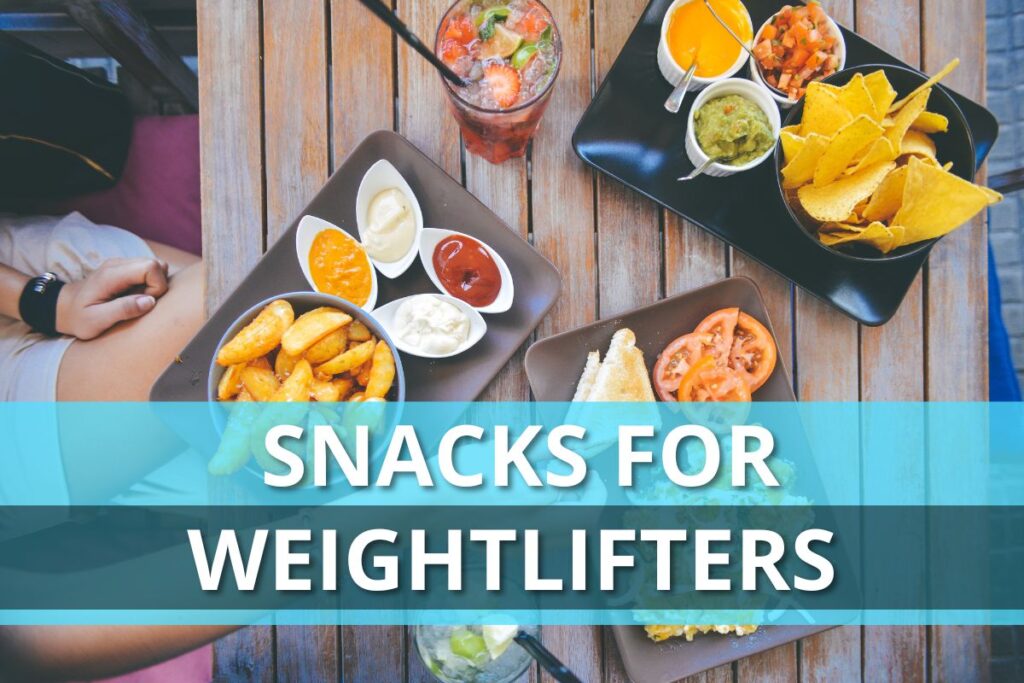
Snacks are the easiest way to increase the calorific value of your menu
And this is a certain bonus for many weightlifters. Because it is rather hard to obtain 3000-3500 kcal in 3 basic meal intakes (breakfast, lunch and dinner) if fats are not prevailing over other macronutrients in an athlete’s menu.
For example, a 95 kg large young guy that performs heavy workouts with a barbell 4 times a week may require more than 3500 kcal to get some muscle gains. According to macronutrients quantity, the approximate values will be:
- 170 g of proteins per day (1.8 g per 1 kg)
- 115 g fats per day (1.2 g per 1 kg)
- 445 g carbohydrates per day (4.7 g per 1 kg)
It is definitely not a problem to get 115 g of required fats in 3 meals. The share of them will be sufficient if you include a big amount of nuts, sunflower seeds, avocadoes or olive oil in each meal.
But to get 170 g of protein in 3 meal intakes is a much more difficult objective to fulfill. Many will be struggling hard to consume a big portion of chicken, fish, cottage cheese or eggs with each of these meals. If we equally allocate the required protein in 3 meal intakes we will get 57 g of protein that is to be obtained from every breakfast, lunch and dinner. Because protein is the most satiating macronutrient it becomes a task not everyone could deal with. Such a surplus also can cause some serious discomfort in the gastrointestinal tract.
You may like it:
Another objective lies in eating 450 g of carbohydrates in 3 meal intakes. Hardly is it achievable with the balanced menu that is not supposed to be rich on sweet-stuff. That’s when 1 or even 2 daily snacks come to aid you.
Snack is a remedy for people with poor appetite
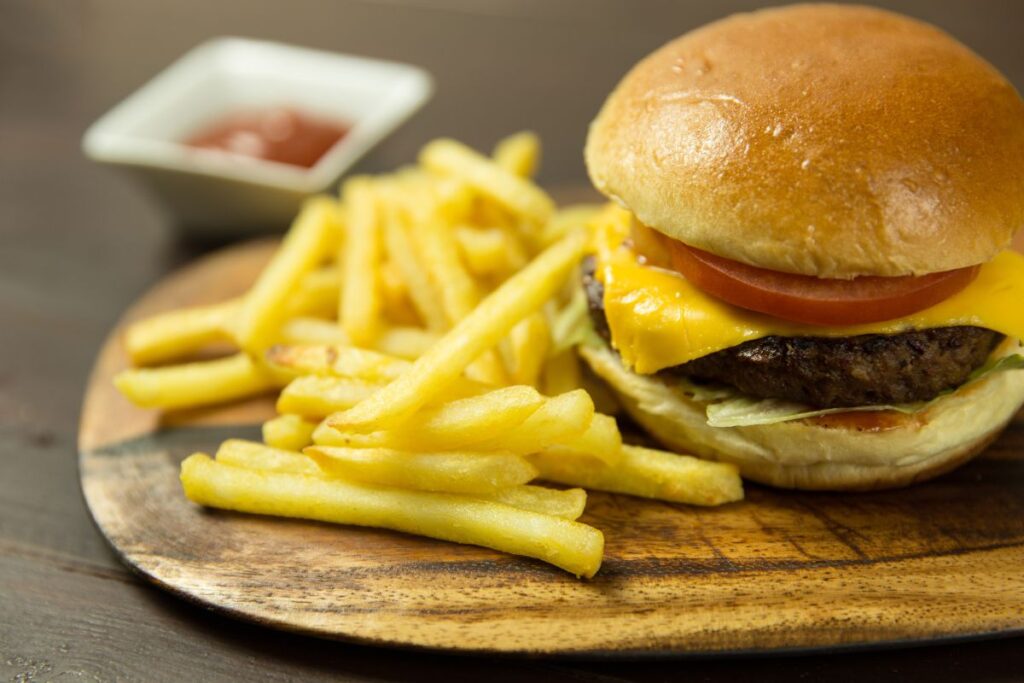
The objective to distribute all calories, proteins, fats and carbohydrates between 3 meals becomes even more complicated for someone who suffers from appetite problems. For such people, the appropriate number of snacks may be 2 or even 3 times a day. I met lots of guys in my practice that struggled even to consume 2000 kcal! Many of them felt full after several hundred calories and all the efforts to overcome this feeling and continue eating caused nausea and stomach discomfort.
In such cases, snacks become vital to get the necessary amount of calories and macronutrients. Otherwise, you can train for centuries without any muscle or strength gains.
Snack, generally, is an easy way to facilitate basic meal consumption during a high-calorie diet. Especially for the people that feel abdominal discomfort and bloating after an abundant meal, and for those who experience appetite problems.
Variants of snacks
One of the right strategies is to fill each snack with a good portion of carbohydrates and proteins while keeping the number of fats at a moderate level.
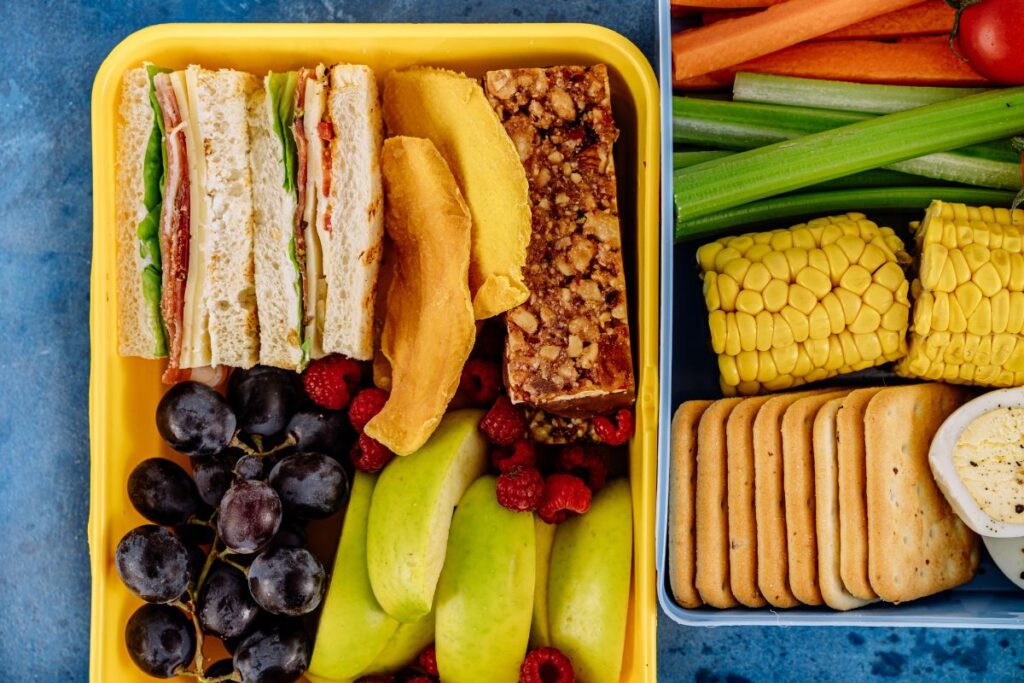
Take the following product combinations as an example of such snacks:
- A package of Greek (high-protein) yogurt with 2-4% fat (approx. 200 g) + a large fruit + a vegetable;
- A Large fruit + some light cheese (mozzarella) + a fresh vegetable;
- A big piece of whole-grain bread + peanut butter + Greek yogurt;
- Cottage-cheese with 5% fat + some dried fruits;
- Protein pancakes with banana + bread with peanut butter;
- Protein bar + a large fruit;
- Protein cocktail with berries + bread with peanut butter.
As you see there are many snack variants out there. And one of their biggest merits is that you can prepare them without cooking (except for pancakes)! You need a couple of minutes to make a cocktail or sandwich with peanut butter. If you go for 2 snacks a day use different variants to add diversity.
I shall remind you that you can get all proteins and/or carbohydrates from normal products, therefore protein cocktails or bars, as well as gainers are not obligatory.
To whom snacks may be harmful?
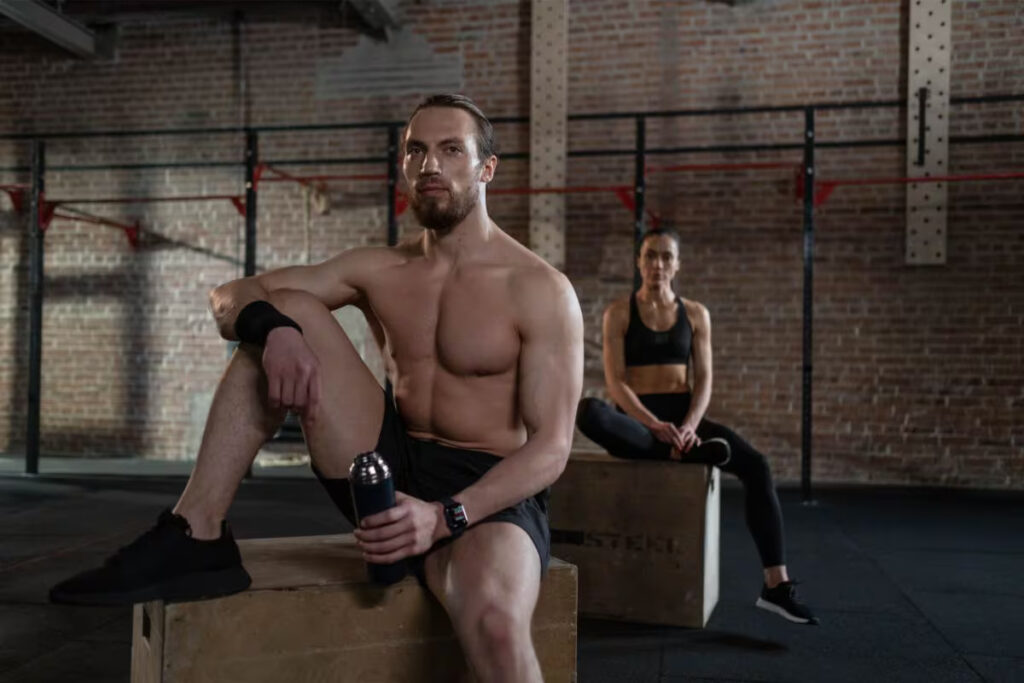
The habit of constantly having snacks may prevent you from reducing your fat percentage if you are determined to finally see your six-pack abs. But this is only in case if you don’t have control over your calories. If the calorific content of your diet was properly planned to contain 1 or 2 snacks everything will be alright, as long as you follow the nutrition plan with the necessary calorific value.
But frequent snacks during the low-calorie diet may cause a constant feeling of hunger and breakdowns. For example, if the daily calorific value of an elegant girl’s menu is something about 1600 kcal, and besides breakfast, lunch and supper she also has 2 snacks scheduled, then each mealtime will contain too few calories for her to feel satiated. The person placed in such conditions will feel constant hunger. Surely each case requires an individual approach and sometimes there are exceptions, but many people face exactly this particular problem.
Let’s put in a nutshell how to properly allocate this 1600 kcal:
- Basic meals only: breakfast for 550 kcal, lunch for 650 kcal, supper for 400 kcal.
- Breakfast, lunch and supper + 2 snacks: 450 kcal for each basic meal, 150 kcal for the first snack + 100 kcal for the second.
- Breakfast, lunch and supper + 1 snack: 450 kcal for each basic meal + 250 kcal for the snack.
I would advise variants 1 or 2 almost to everyone. This way you will feel more satiated during the whole day. But I want to emphasize again that it is absolutely normal if you like to make two snacks per day on a low-calorie diet. The point is that the mealtime schedule should be convenient personally for you.
Snacks are a quick and easy way to increase the calories and add another portion of carbohydrates and protein. It’s quite hard to maintain a high-calorie diet without snacks.
You should also avoid making too many snacks if you’re intended to reduce the fat percentage in your body but don’t want to starve while sticking to a low-calorie diet.
But there is no such thing as a universal snack number that would be suitable for everyone. Pay attention to your sensations and feeling of hunger. Experiment and choose such snacks periodicity and number that will help you achieve your goals. The main things are your comfort and ability to constantly stick to a chosen nutrition plan.
Related articles:
You might be interested in:
Why Trust Us?
With over 20 years in Olympic weightlifting, strength training, nutrition coaching, and general fitness our team does its best to provide the audience with ultimate support and meet the needs and requirements of advanced athletes and professional lifters, as well as people who strive to open new opportunities and develop their physical capabilities with us.
By trusting the recommendations of our certified experts in coaching, nutrition, and sports training programming, as well as scientific consultants, and physiotherapists, we provide you with thorough, well-considered, and scientifically proven content. All the information given in the articles concerning workout programming, separate exercises, and athletic performance, in general, is based on verified data.
The product testing process is described in more detail here.
Author: Sergii Putsov
Head of Sport Science, PhD
Best Results: Snatch – 165 kg,
C&J – 200 kg
Sergii Putsov, Ph.D., is a former professional weightlifter and National team member, achieving multiple medals in the 94 kg weight category at national competitions. With a Master’s degree in “Olympic & Professional Sport Training” and a Sport Science Ph.D. from the International Olympic Academy, Greece, Sergii now leads as the Head of Sport Science. He specializes in designing training programs, writing insightful blog articles, providing live commentary at international weightlifting events, and conducting educational seminars worldwide alongside Olympic weightlifting expert Oleksiy Torokhtiy.



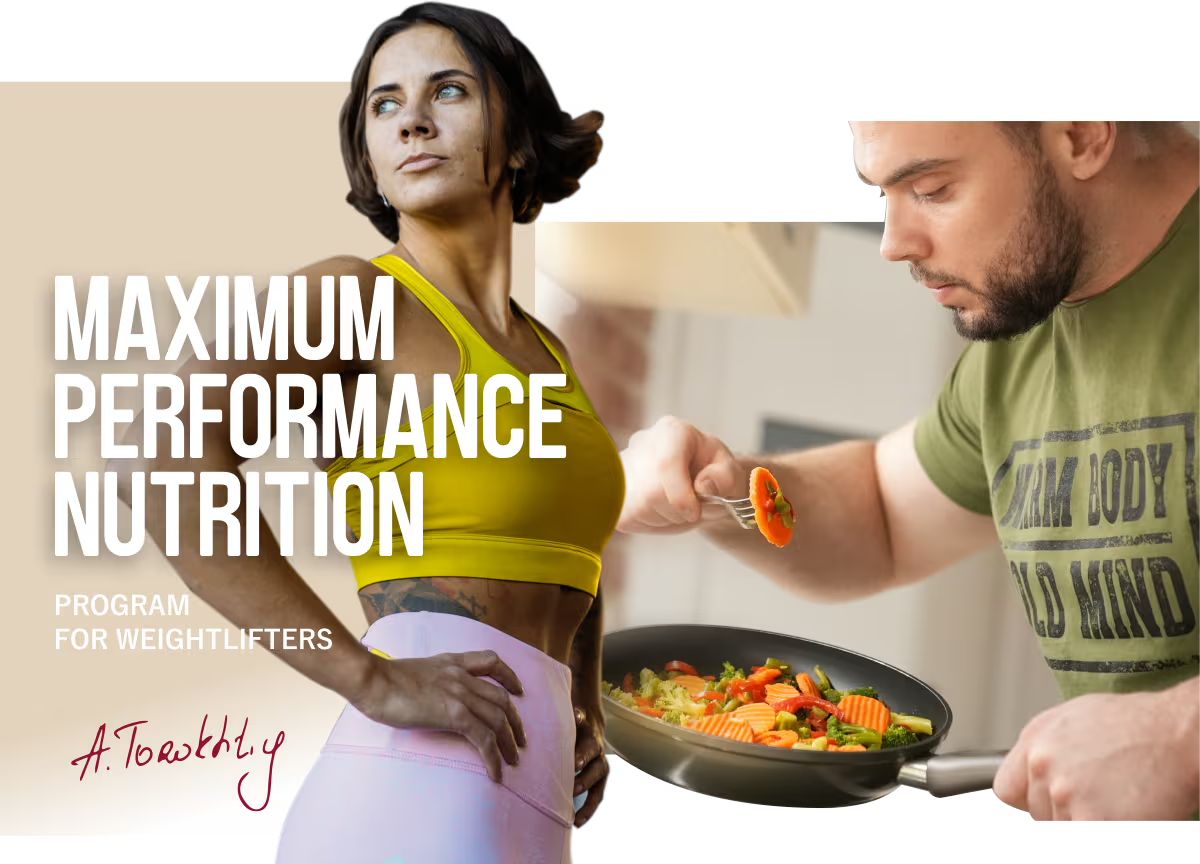
Still have questions after reading our article? Unlock your full potential by engaging with our experts and community! Don’t hesitate — leave a comment below and Sergii Putsov will provide a personalized answer and insights to help you reach your goals.